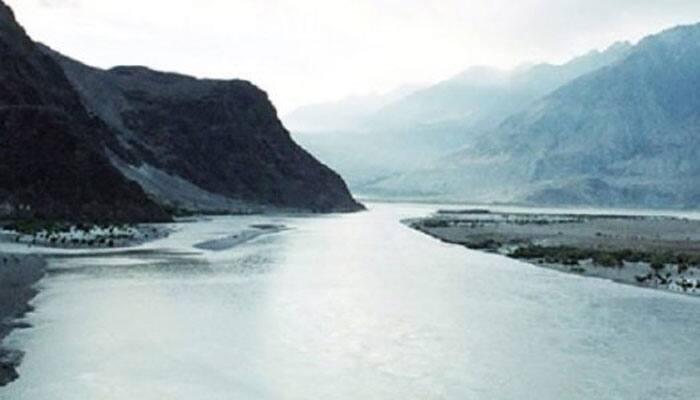New Delhi: Since 1960, India and Pakistan are peacefully sharing the water of Indus and its tributaries because of the Indus Water Treaty.
With India maintains that there have been differences over the implementation of the 1960 Indus Waters Treaty, stating that a treaty could not be a “one-sided affair”, it is equally crucial for Pakistan as it is a major source of water.
Here is all that you need to know about the treaty.
- The Indus Waters Treaty was signed by the then Prime Minister Jawaharlal Nehru and Pakistan's President Ayub Khan on September 19, 1960.
- The agreement was brokered by the World Bank.
- The treaty administers how river Indus and its tributaries that flow in both the countries will be utilised.
- It covers the water distribution and sharing rights of six rivers - Beas, Ravi, Sutlej, Indus, Chenab and Jhelum.
- India is allowed to use 20 per cent of its water for irrigation, power generation and transport purposes as Indus flows in the country.
- A bilateral commission known as 'Permanent Indus Commission' was set up to implement and manage the Treaty.
- The treaty provides arbitration mechanism to solve disputes amicably.
- Though both India and Pakistan are still at loggerheads over various issues since Partition, but there has been no fight over water after the Indus Water Treaty was ratified.
Zee News App: Read latest news of India and world, bollywood news, business updates, cricket scores, etc. Download the Zee news app now to keep up with daily breaking news and live news event coverage.
















